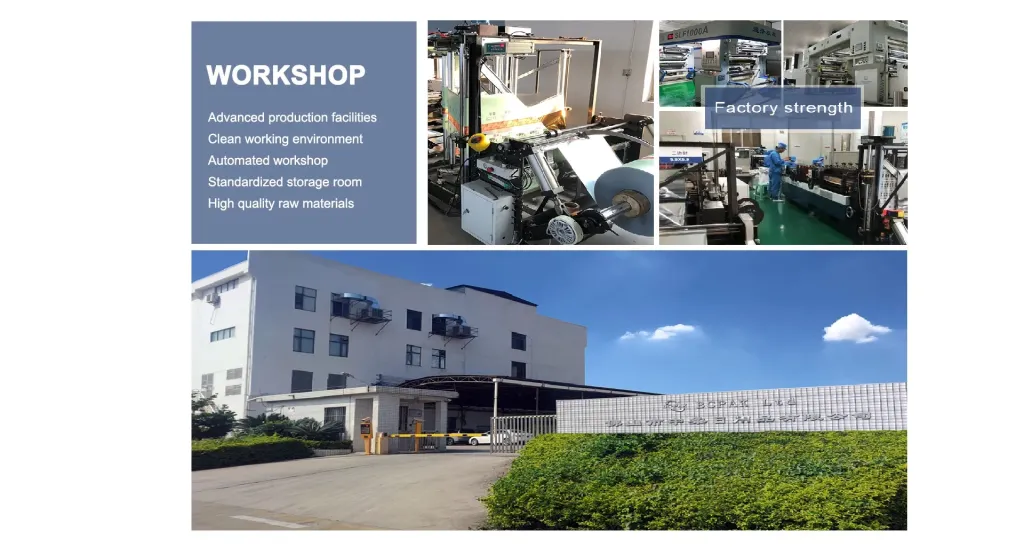In the world of plumbing and fluid management, the quality and functionality of components such as T fittings play a pivotal role in ensuring efficiency and reliability. A T fitting, or tee fitting, is a versatile component used to join three sections of pipe, allowing fluid or gas to flow in different directions within a piping system. With the growing emphasis on sustainability and cost-effectiveness, high-quality T fittings have become a cornerstone of modern plumbing systems.

Real-World Experience The Value of Quality T Fittings
Having extensive experience in the installation and maintenance of plumbing systems, the difference that quality T fittings make is undeniable. In numerous projects, both residential and commercial, the choice of fittings has significantly impacted the longevity and performance of the infrastructure. Inferior T fittings often lead to leaks, pressure loss, and, ultimately, increased repair costs. Conversely, investing in high-quality fittings from reputable manufacturers frequently results in long-term savings and reduced downtime due to maintenance.

Adopting a proactive approach in selecting the right T fittings can prevent unexpected failures. For example, using durable materials such as brass or stainless steel in environments with high pressure or temperature is critical. Experienced plumbers often recommend fittings with thicker walls and precise dimensions to ensure a snug fit, highlighting the importance of quality assurance in production processes.
Expertise in Choosing the Right T Fittings
Understanding the specifics of various T fittings is critical for expertise in plumbing systems. There are several types, including standard T fittings, reducing T fittings, and unequal T fittings, each serving a specific purpose based on pipe dimensions and the direction of fluid flow.
For instance, reducing T fittings are particularly useful when the main line is of a different diameter than the branch pipe. This adaptability ensures seamless integration within complex systems. Experts often utilize computational fluid dynamics (CFD) simulations to predict the performance of different fitting configurations, optimizing flow rates and reducing pressure drops. This scientific approach underscores the importance of technical expertise in the decision-making process.
t fittings
Authoritative Guidance on Material Selection
Material selection is a key area where authoritative knowledge is crucial. For potable water systems, using lead-free brass or copper T fittings is often mandated by regulatory standards to ensure safety and compliance. Alternatively, stainless steel fittings are preferred in industries where corrosion resistance is paramount, such as in chemical processing plants.
Leading manufacturers provide detailed specifications and compliance documentation, establishing their authority in the field. Prioritizing products that meet industry standards such as ASTM or ANSI ensures that the components will perform as expected. Consulting authoritative resources and industry guidelines is an essential step for professionals looking to ensure both efficiency and safety in their projects.
Trustworthiness in Supplier Relationships
Building trust in the supply chain is another critical component of successful plumbing projects. Reliable suppliers not only provide quality T fittings but also offer transparent service, timely delivery, and robust customer support. Engaging with suppliers who have a proven track record of excellence can significantly reduce the risk of receiving substandard products.
Professionals often rely on recommendations from industry peers and verified reviews to assess supplier credibility. Furthermore, establishing long-term relationships with trustworthy suppliers allows for better negotiation terms and access to technical support, which can be invaluable during complex installations.
In conclusion, the selection and implementation of T fittings require a blend of experience, expertise, authority, and trust to achieve optimal results. By focusing on these elements, plumbing professionals can ensure that their systems are not only efficient and reliable but also compliant with safety and regulatory standards. As the field continues to evolve with new technologies and standards, remaining informed and discerning in component selection will remain essential to success.
Post time:
Jan-19-2025











